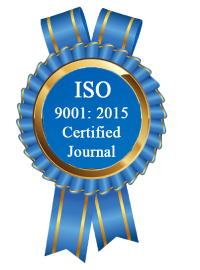| All | Since 2020 | |
| Citation | 172 | 110 |
| h-index | 7 | 5 |
| i10-index | 1 | 0 |
WJERT Citation 
Login
News & Updation
Abstract
EFFECTS OF CORROSION TO THE CRACKS INDICES OF REINFORCED CONCRETE STRUCTURES EXPOSED TO MARINE ENVIRONMENT
Cecielle N. Dacuan*, Hana Astrid Canseco, PhD and Virgilio Abellana, PhD
ABSTRACT
The entire cracking process of concrete induced by corrosion is of great importance for the performance analysis and service life prediction of reinforced concrete structures. A study on the correlation of the cracking behavior of concrete due to induced corrosion, represented by crack indices to design parameters (e.g., concrete cover and main diameter ratio, concrete cover thickness, and steel reinforcement diameter) was conducted to assess the durability and serviceability of structures generally exposed to aggressive marine environments. A total of 54?300 mm ? 300 mm ? 300 mm concrete specimens with a design concrete strength of 28MPa at 28- days were cast. Corrosion was induced by immersing the specimens in a simulated environment with a 5% sodium chloride solution. It was verified from the experiments that specimens with higher crack frequencies deteriorated more than those with lower crack frequencies. Moreover, the depth of the cracks was highly correlated with the decrease in the rebar diameter. A more significant reduction in the diameter of the steel reinforcement occurred when the width of the cracks increased. The concrete cover thickness significantly influenced the reduction in the steel reinforcement mass. The concrete cover thickness and corrosion rates were positively correlated with the actual mass of rust or corrosion products.
[Full Text Article] [Download Certificate]
